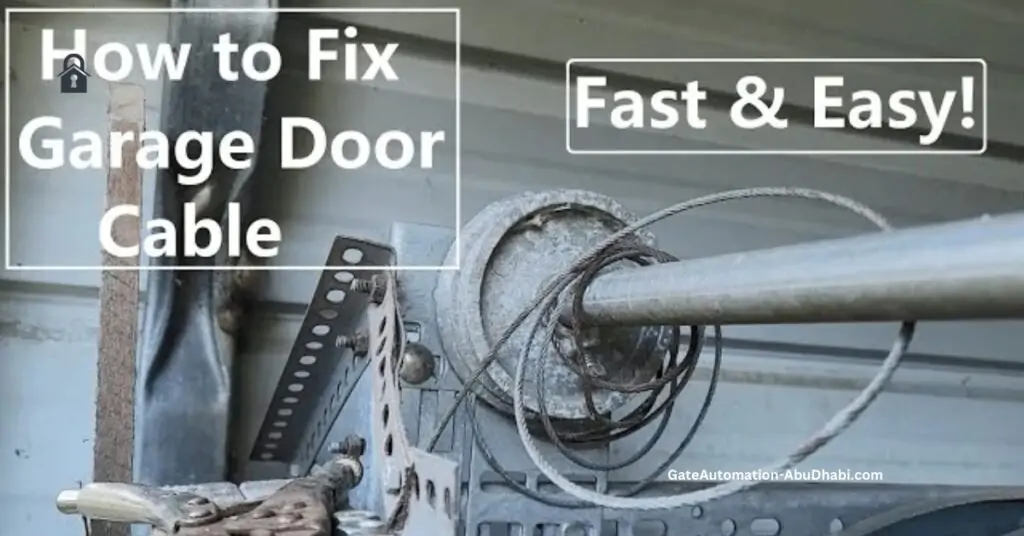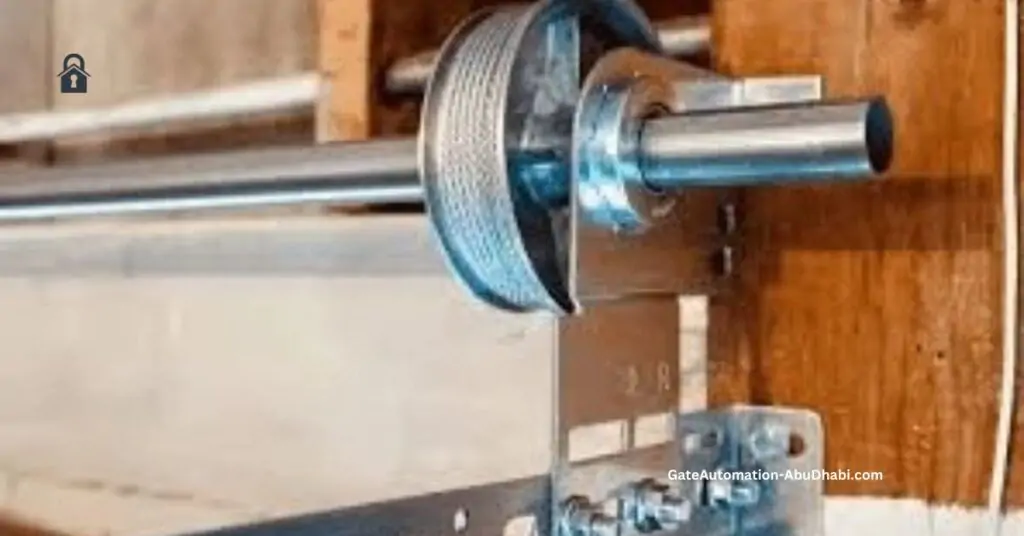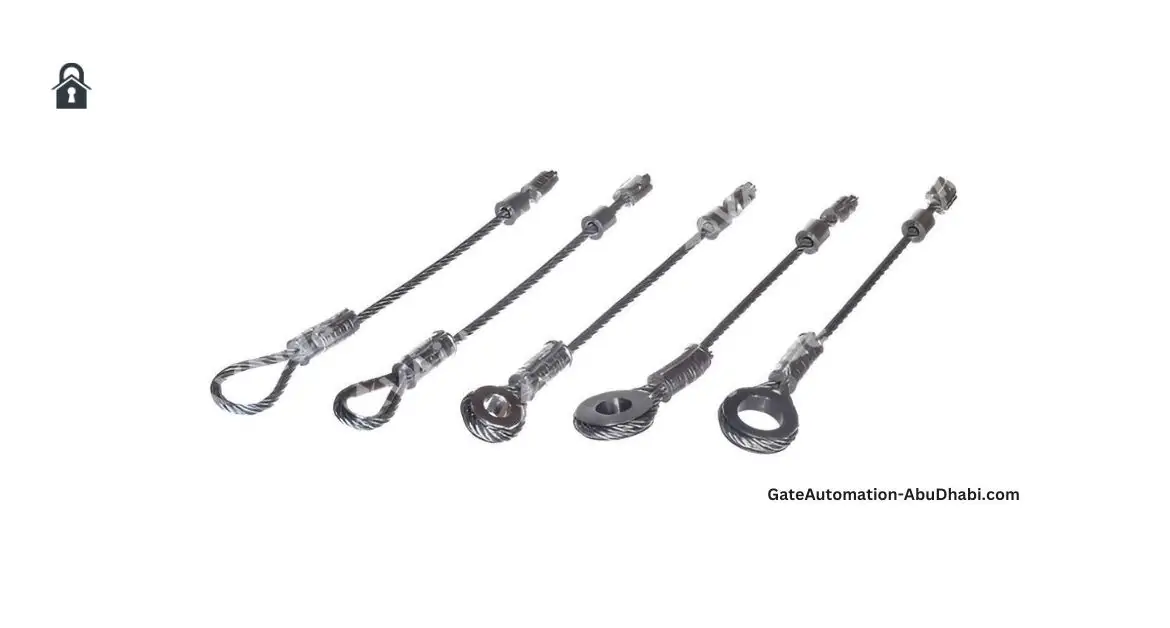It’s essential for homeowners to be aware of the signs that indicate the need for repair or replacement of garage door springs.These springs are responsible for counterbalancing the weight of the door, making it easier to open and close.
However, over time, garage door springs can wear out or break, leading to issues that may compromise the performance of the door.In this blog post, we’ll explore the top 10 signs that it’s time to repair or replace garage door springs.
Difficulty Opening or Closing
If you’re experiencing difficulty opening or closing your garage door, it’s essential to inspect the springs for signs of wear or damage. Look for visible signs such as rust, corrosion, or gaps in the coils of the springs.
If you notice any of these signs, it’s best to consult a professional garage door technician to assess the situation and recommend the appropriate course of action.
Uneven Movement of the Garage Door
When they are worn out or broken, they may no longer provide balanced support to the door, causing it to jerk or tilt as it moves along the tracks. Homeowners may observe that one side of the door rises or lowers faster than the other, resulting in an uneven appearance and potentially causing the door to become misaligned.
Look for any visible cracks, gaps, or deformities in the springs that may be affecting their ability to provide balanced support to the door.

Loud Noises During Operation of Garage Door
Springs that are worn out or damaged may produce loud noises during operation, such as banging or popping sounds.In some cases, it may be on the verge of breaking, leading to potentially dangerous situations.
If you’re hearing loud noises,iInspect the signs of wear or damage, paying attention to any unusual movements or vibrations. Additionally, check the other components of the door, such as the rollers, tracks, and hinges, for any signs of wear or misalignment that could be contributing to the problem.
Visible Wear or Damage of Garage Door Springs
Over time, garage door it can become worn out or corroded due to exposure to the elements and regular use. This wear and tear can manifest as rust, corrosion, or cracks in the springs, indicating that they are no longer functioning as they should. Additionally, check the coils of the springs for any gaps or spaces that could indicate weakening or fatigue.
Delayed Response to Commands of Garaje Door
Another sign of garage door spring problems is a delayed response to commands from the opener. When springs are worn out or damaged, they may struggle to provide the necessary tension to lift the door efficiently, resulting in a delay in its response to command .
You may notice that the door takes longer than usual to open or close when using the automatic opener, or that it hesitates before moving.If you notice any of these signs, it’s best to consult a professional garage door technician to assess the situation and recommend the appropriate course of action.
Sagging or Sinking of the Door
A sagging or sinking garage door when in the open position can be a clear indication of spring problems. When they are worn out or broken, they may no longer provide the necessary support to keep the door in the proper position, causing it to sag or sink down.
Frequent Breakdowns or Malfunctions of Garage Door
Experiencing frequent breakdowns or malfunctions of your garage door system can be frustrating and inconvenient. It leads to issues such as jamming, sticking, or uneven movement. These frequent breakdowns or malfunctions are a clear indication that there are underlying issues with the garage door springs that need to be addressed

Reduced Balance and Stability
When they are worn out or damaged, they may no longer provide the necessary tension and support to keep the door balanced, resulting in issues such as tilting, wobbling, or shaking during operation. You may notice that the door appears unsteady or off-balance, creating a potentially dangerous situation.
This reduced balance and stability not only affect the performance of the garage door but also pose safety risks to those using the door.
Increased Energy Bills
This increased energy consumption not only affects the homeowner’s utility bills but also indicates underlying issues with the garage door springs that need to be addressed. Ignoring this sign could lead to further damage to the door and other components of the system, as well as pose safety risks to those using the door.
Conclusion
In conclusion, recognizing the signs that indicate the need for repair or replacement of garage door springs is essential for maintaining the functionality and safety of your garage door system.
If you’ve noticed any of the signs discussed in this blog post, it’s crucial to inspect the springs for signs of wear or damage and consult a professional garage door technician for assistance. Ignoring these signs could lead to further damage to the door and other components of the system, as well as pose safety risks to those using the door. For more tips and advice on maintaining your garage door system, be sure to check out our other blog posts. And if you need professional assistance with repairing or replacing your garage door springs, don’t hesitate to contact us today!
FAQS
Is it safe to use a garage door with a broken spring?
Using a garage door with a broken spring is unsafe and should be avoided to prevent accidents or injuries.
Can you open a garage without a spring?
It’s possible to manually open a garage door without a spring, but it’s difficult and dangerous due to the door’s weight.
How long does a garage spring last?
The lifespan of a garage door spring varies but is typically around 7-9 years for extension springs and 10,000 cycles for torsion springs.
How do you maintain a garage spring?
Regular maintenance, including lubrication, inspection for wear, and avoiding overloading the door, helps prolong the lifespan of garage door springs.
How much pressure is on a garage door spring?
Garage door springs exert several hundred pounds of force, depending on the door’s weight and size, making it important to handle them with caution and seek professional assistance for repairs.


